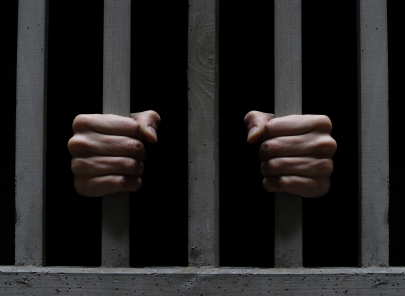Women among the Poorest of the Poor
Geeta Rao Gupta,”Overview” in Global Women’s Issues: Women in the World Today, extended version.
https://opentextbc.ca/womenintheworld/chapter/chapter-1-women-and-poverty/
Women constitute a majority of the poor and are often the poorest of the poor. The societal disadvantage and inequality they face because they are women shapes their experience of poverty differently from that of men, increases their vulnerability, and makes it more challenging for them to climb out of poverty.
In other words, poverty is a gendered experience — addressing it requires a gender analysis of norms and values, the division of assets, work and responsibility, and the dynamics of power and control between women and men in poor households.
In most societies, gender norms define women’s role as largely relegated to the home, as mother and caretaker, and men’s role as responsible for productive activities outside the home. These norms influence institutional policies and laws that define women’s and men’s access to productive resources such as education, employment, land and credit.
There is overwhelming evidence from around the world to show that girls and women are more disadvantaged than boys and men in their access to these valued productive resources. There is also ample evidence to show that the responsibilities of women and the challenges they face within poor households and communities are different from those of men. Persistent gender inequality and differences in women’s and men’s roles greatly influence the causes, experiences and consequences of women’s poverty. Policies and programs to alleviate poverty must, therefore, take account of gender inequality and gender differences to effectively address the needs and constraints of both poor women and men.

Figure 1.2: Pakistani women are paid about US$2 for every 1,000 bricks they make at this brick kiln in Multan, Pakistan.
Women’s Experience of Poverty
Girls and women in poor households bear a disproportionate share of the work and responsibility of feeding and caring for family members through unpaid household work. In poor rural households, for example, women’s work is dominated by activities such as firewood, water and fodder collection, care of livestock and subsistence agriculture. The drudgery of women’s work and its time-intensive demands contribute to women’s “time poverty” and greatly limit poor women’s choice of other, more productive income-earning opportunities.
Faced with difficult time-allocation choices, women in poor households will often sacrifice their own health and nutrition, or the education of their daughters, by recruiting them to take care of siblings or share in other household tasks. This is just one piece of a pattern of gendered discrimination in the allocation of resources in poor households. Evidence shows that the gender gaps in nutrition, education and health are greater in poorer households. This lack of investment in the human capital of girls perpetuates a vicious, intergenerational cycle of poverty and disadvantage that is partly responsible for the intractable nature of poverty.
Why Focus on Women in Poverty?

Figure 1.3: Women in Gadabeji, Niger, cope with a food crisis created by drought. Worldwide, women are driven further into poverty by inflated food prices.
A focus on poor women as distinct from men in efforts to reduce poverty is justified because women’s paid and unpaid work is crucial for the survival of poor households.
Women are economic actors: They produce and process food for the family; they are the primary caretakers of children, the elderly and the sick; and their income and labor are directed toward children’s education, health and well-being.
In fact, there is incontrovertible evidence from a number of studies conducted during the 1980s that mothers typically spend their income on food and health care for children, which is in sharp contrast to men, who spend a higher proportion of their income for personal needs. A study conducted in Brazil, for example, found that the positive effect on the probability that a child will survive in urban Brazil is almost 20 times greater when the household income is controlled by a woman rather than by a man (Quisumbing et al., 1995).
Yet women face significant constraints in maximizing their productivity. They often do not have equal access to productive inputs or to markets for their goods. They own only 15 percent of the land worldwide, work longer hours than men and earn lower wages. They are overrepresented among workers in the informal labor market, in jobs that are seasonal, more precarious and not protected by labor standards.
Despite this, policies and programs that are based on notions of a typical household as consisting of a male bread-winner and dependent women and children often target men for the provision of productive resources and services. Such an approach widens the gender-based productivity gap, negatively affects women’s economic status, and does little to reduce poverty. Addressing these gender biases and inequalities by intentionally investing in women as economic agents, and doing so within a framework of rights that ensures that women’s access to and control over productive resources is a part of their entitlement as citizens, is an effective and efficient poverty reduction strategy.


Comments